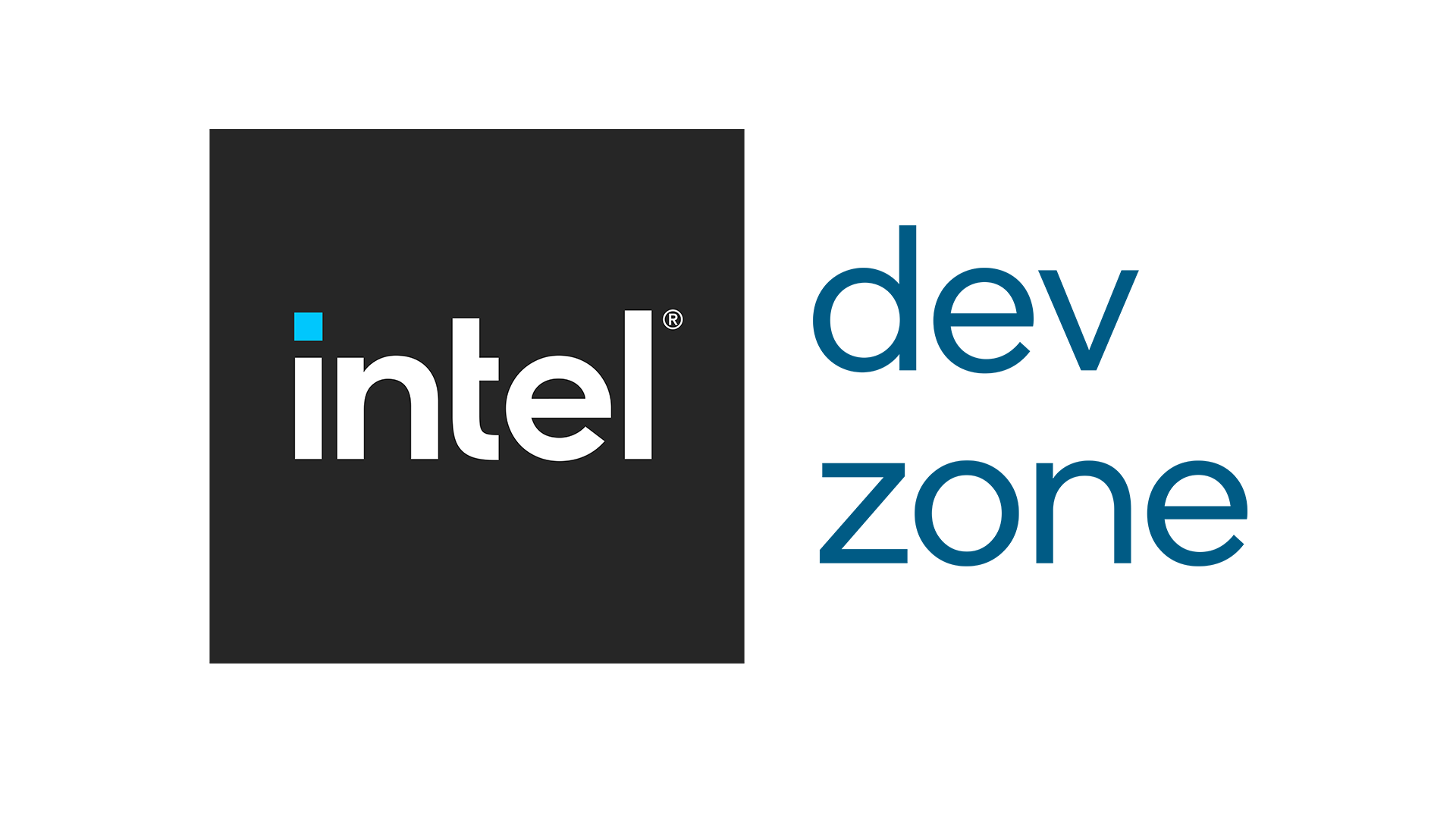- Joined
- Mar 20, 2019
- Messages
- 556 (0.24/day)
| Processor | 9600k |
|---|---|
| Motherboard | MSI Z390I Gaming EDGE AC |
| Cooling | Scythe Mugen 5 |
| Memory | 32GB of G.Skill Ripjaws V 3600MHz CL16 |
| Video Card(s) | MSI 3080 Ventus OC |
| Storage | 2x Intel 660p 1TB |
| Display(s) | Acer CG437KP |
| Case | Streacom BC1 mini |
| Audio Device(s) | Topping MX3 |
| Power Supply | Corsair RM750 |
| Mouse | R.A.T. DWS |
| Keyboard | HAVIT KB487L / AKKO 3098 / Logitech G19 |
| VR HMD | HTC Vive |
| Benchmark Scores | What's a "benchmark"? |
So, now we have three proprietary upscaling technologies, with one being less proprietary but fairly primitive. I don't think this kind of segmentation will last for long since developers don't want to limit their target audience and certainly don't want to spend money on implementing three separate technologies to achieve a single goal. So now:
- If the deciding factor will be a financial incentive for the developers, nVidia will win,
- If ease of implementation, FSR will win.
- If performance, Intel has the upper hand, if their first party benchmarking is to be believed. But they will have to really make it into a polished product since they have zero market share and brand recognition as far as dedicated GPUs go.
Personally I think if AMD can create FSR 2.0 with improved quality and performance AND make it hardware agnostic, it will be a clear winner for developers and consumers. As much as I admire the complexity and elegance of AI, the mass market works on the KISS principle.
- If the deciding factor will be a financial incentive for the developers, nVidia will win,
- If ease of implementation, FSR will win.
- If performance, Intel has the upper hand, if their first party benchmarking is to be believed. But they will have to really make it into a polished product since they have zero market share and brand recognition as far as dedicated GPUs go.
Personally I think if AMD can create FSR 2.0 with improved quality and performance AND make it hardware agnostic, it will be a clear winner for developers and consumers. As much as I admire the complexity and elegance of AI, the mass market works on the KISS principle.






